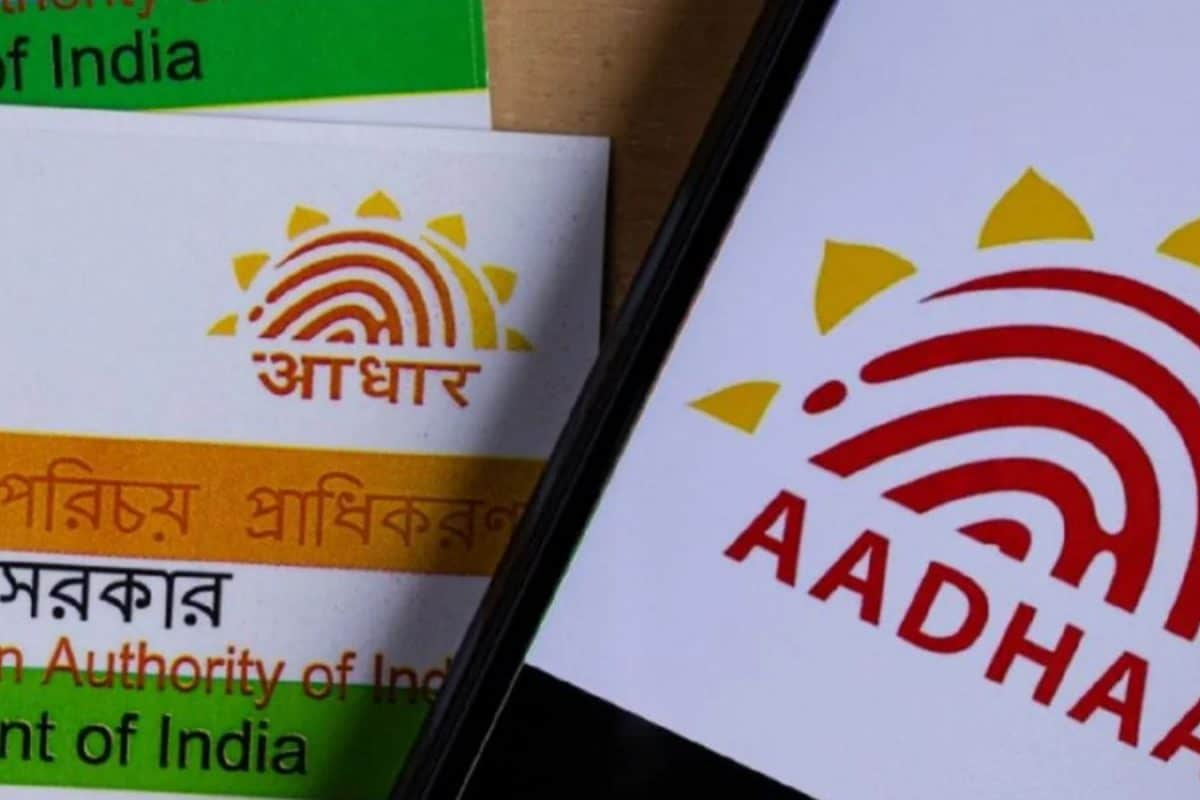

Aadhaar is a 12-digit individual identification number issued by the Unique Identification Authority of India (UIDAI) to residents of India. It serves as proof of identity and address and is essential for availing government welfare schemes, financial services, and digital authentication. Over 138 crore Aadhaar cards have been issued across India, making it the most widely accepted ID in the country. However, despite its widespread use, confusion persists about what Aadhaar proves and what it doesn't.
What Aadhaar Proves
Aadhaar serves as a verifiable proof of identity and address for residents of India. It establishes the uniqueness of every individual based on their demographic and biometric information. The Aadhaar number helps residents access various services provided by banking, mobile phone connections, and other government and non-government entities. It streamlines the distribution of government benefits and subsidies, reduces fraud, and ensures that benefits reach the rightful recipients. Aadhaar simplifies the Know Your Customer (KYC) process for various services like opening a bank account or getting a mobile connection, making these processes faster and more efficient. The e-Aadhaar, a digital copy of the original Aadhaar card, is also a valid proof of identity and address, as it is digitally signed by UIDAI.
What Aadhaar Doesn't Prove
The Indian government has explicitly stated that Aadhaar is not proof of citizenship. This clarification is crucial because Aadhaar can be issued to any person residing in India for more than six months, including foreign nationals. The Aadhaar card includes a disclaimer stating that it is a "proof of identity, not of citizenship". The Election Commission of India (ECI) has also pointed out to the Supreme Court that Aadhaar doesn't validate the citizenship of any individual. Furthermore, Aadhaar is not a proof of date of birth, as the date of birth is based on a different document provided by the applicant.
Where the Confusion Lies
The confusion surrounding Aadhaar stems from several factors. Different government departments and organizations have, at times, accepted Aadhaar for purposes reserved for citizens or adults. For instance, the Election Commission of India previously accepted Aadhaar as proof of date of birth for enrolling people to vote. Such practices have blurred the lines and created uncertainty about the document's validity. There have been instances of miscommunication from the UIDAI, such as the 2022 advisory warning against sharing photocopies of Aadhaar, which was later retracted due to public outcry. Fake reports and misinformation on social media have also contributed to the confusion. Recent reports that Aadhaar enrollment centers are not allowed to function on holidays have created confusion among the public.
Latest Developments
The government has been actively working to clarify the scope and limitations of Aadhaar. New Aadhaar cards and PDF versions include a more explicit disclaimer that they are not proof of citizenship or date of birth. The UIDAI has also been reminding organizations of this fact through circulars. The Supreme Court has been hearing petitions challenging the use of Aadhaar in various contexts, seeking to ensure that it is not used for purposes beyond its intended scope. Despite the clarifications, confusion persists, particularly among marginalized communities and migrants, regarding the document's efficacy and relevance.